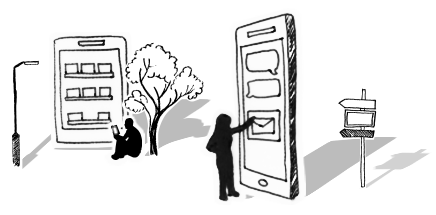




Dealing With Resistance to Change – 5 Things That Work
Why do we so often resist change, even when, deep down, we know it’s for the best?
Changing a long-held belief or conviction requires us to undo existing neural pathways, essentially rewiring or retraining our brains to make new connections. This requires substantial effort, and comes with the risk that it will change other associated beliefs which are important to us. So, deep down, all this effort had better be worth it.
What we need to do is to harness the resistance and understand whether it has credibility before acting on it. Here are five things that can help;
- Do your homework
You’ll need to first recognise where it’s coming from, which will include understanding the history of the organisation or team involved, what its values are, and maybe what it has been promised previously.
You can then establish whether there is validity in the resistance or whether it comes from a deep rooted belief that ‘this is the way we’ve always done it, and it should stay’.
Understanding the history and the root cause of the resistance will help you build informed strategies to tackle it.
- Anticipate it
It is unlikely that a change programme will receive no resistance whatsoever, so it’s worthwhile expecting the resistance and building it into your project plan.
Anticipating negative emotions will also help you build your communications strategy, and construct messages that tackle the resistance either head-on or more stealthily.
- Recruit the dissenters
Change Agents can form a very useful role in communicating and embedding your change messages.
Having a spokesperson or ambassador on the ground can prove to be a very effective element of your change toolkit.
What if you actively recruited those dissenting voices to play the role of a Change Agent? Dissenters can quite easily destabilise your programme; they often have large networks and a certain amount of credibility. So spending the time to turn these people around and turn them into advocates will useful time spent.
Not only are you preventing the negative voices being heard but you are positively affecting the corporate grapevine.
- Give the people a voice
Effective communications are always two-way, and successful change programmes always allow employee input and feedback.
People want to be heard; they want to be listened to; and they want to know that their opinions count for something. By giving people a chance to air their concerns or frustrations officially, either in person, maybe at an event, or online, will help the resistance dissipate.
If you can demonstrate that you’ve actively done something with that feedback, then that’s even better.
- Empathise
People at the receiving end of change basically want two things from you – the facts, and proof that you care about them.
This is why empathy is a critical role to play in any change programme. Demonstrating empathy requires sincerity and a good understanding of your stakeholders. Without it, people will see straight through you and think “You don’t really care at all.”
For instance, you’ll immediately know when someone says “I know just how you feel”, whether they genuinely do or not, just from the way they said it.
As part of your change programme, if you’ve done your homework and developed a good understanding of the people throughout the organisation, then it can be genuine and heartfelt. It will prove to the people going through the change that you are being open and honest and have their interests in mind, which can be incredibly powerful.
I hope this helps. Please let me know if you have any tips for dealing with resistance to change.
To get the latest change tips, advice and guidance directly to your inbox, sign up to our monthly Business Change Digest.

